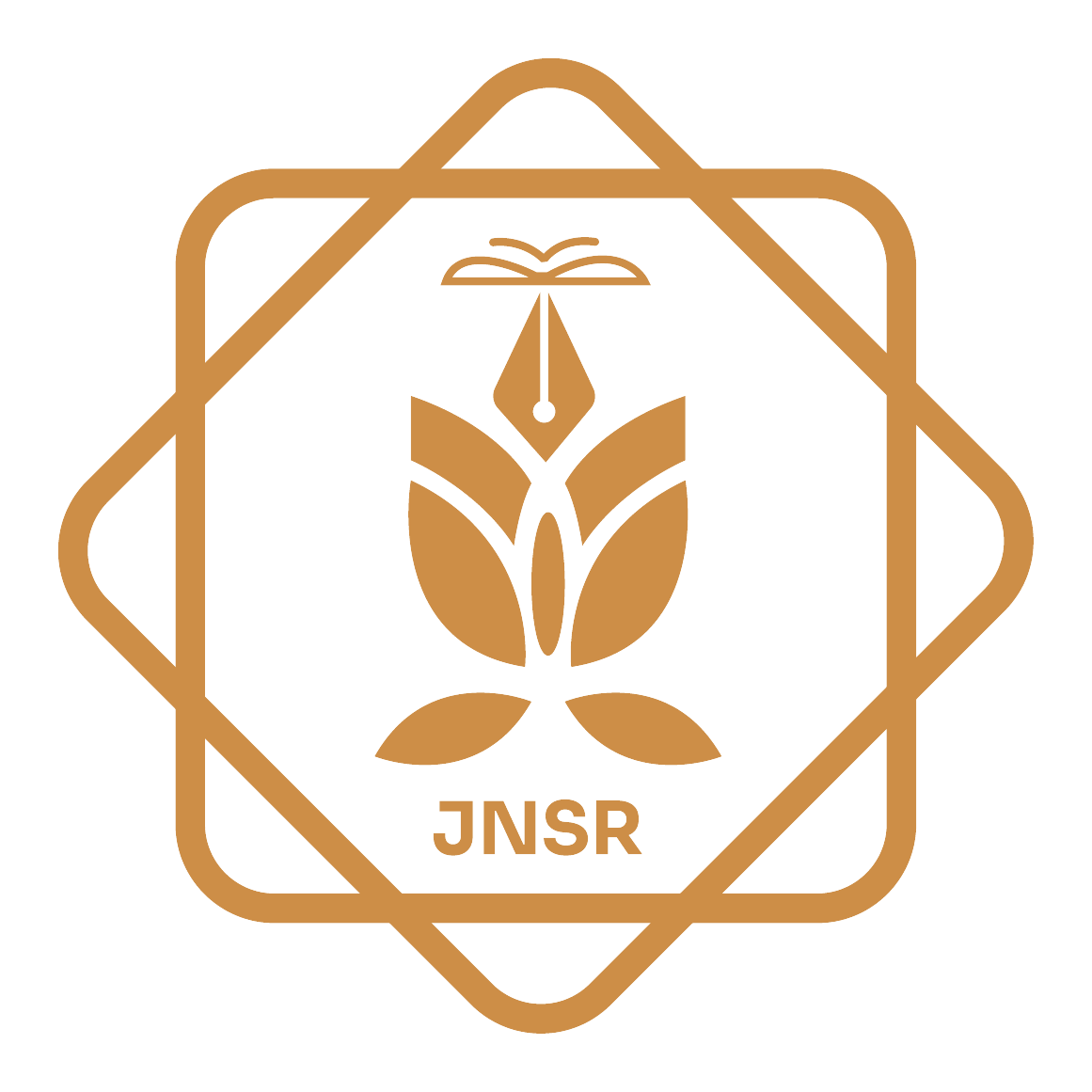Numerical and Symbolic Analysis for Mathematical Problem-Solving with Maple
DOI:
https://doi.org/10.62810/jnsr.v2i3.75Keywords:
Maple, Numerical integration, Solving nonlinear equations, Polynomial interpolation, Symbolic integration, Numerical methodsAbstract
This study explores the versatile capabilities of Maple, a widely used mathematical software, in addressing a wide range of numerical and symbolic computations essential for scientific and engineering applications. The researchers investigated Maple's diverse suite of tools, including numerical integration, nonlinear equation solving, polynomial interpolation, symbolic integration, and various numerical methods. Through an in-depth literature review, illustrated case studies, and detailed performance evaluations, the paper demonstrates the effectiveness and accuracy of Maple's computational approaches in dealing with complex problems in various areas of applied mathematics. This study's findings underscored Maple's tremendous value as a reliable and comprehensive software package for researchers, scientists, and professionals involved in advanced mathematical analysis and scientific computing. Furthermore, the paper highlighted Maple's versatility in creating high-quality three-dimensional plots, crucial for visualizing and analyzing complex mathematical and scientific data. Using either sets or lists, the ability to display multiple surfaces in a single three-dimensional plot showcases Maple's power in data visualization and communicating complex ideas. By positioning Maple as a powerful platform for solving versatile mathematical problems, this study highlights the software's indispensable role in advancing scientific discoveries and engineering innovations.
Downloads
References
Abell, M. L., & Braselton, J. P. (2016). Maple, by example. Academic Press. https://syaifulhamzah.files.wordpress.com/2012/12/maple-by-example.pdf
Ascher, U. M., & Petzold, L. R. (1998). Computer methods for ordinary differential equations and differential-algebraic equations (Vol. 61). Siam. https://www.google.com.af/books/edition/_/2iXovtfcL74C?hl=en&sa=X&ved=2ahUKEwj_oLKN_KOIAxWrTKQEHcarOCEQre8FegQIKBAF DOI: https://doi.org/10.1137/1.9781611971392
Burden, R. L., & Faires, J. D. (2010). Numerical analysis (9th ed.). Cengage Learning. https://www.academia.edu/47893273/Numerical_analysis_9th_Edition
Carette, J. (2004). Understanding expression simplification. In International Conference on Intelligent Computer Mathematics (pp. 31-45). Springer, Berlin, Heidelberg. https://dl.acm.org/doi/abs/10.1145/1005285.1005298 DOI: https://doi.org/10.1145/1005285.1005298
Char, B. W., Geddes, K. O., Gonnet, G. H., Monagan, M. B., & Watt, S. M. (1991). Maple V language reference manual. Springer Science & Business Media. https://link.springer.com/chapter/10.1007/978-1-4757-2133-1_1 DOI: https://doi.org/10.1007/978-1-4615-7386-9
Geddes, K. O., Czapor, S. R., & Labahn, G. (1996). Algorithms for computer algebra. Springer Science & Business Media. https://books.google.com/books?id=9fOUwkkRxT4C&printsec=frontcover&dq=Algorithms+for+Computer+Algebra+By+Keith+O.+Geddes,+Stephen+R.+Czapor,+George&hl=en&newbks=1&newbks_redir=1&sa=X&ved=2ahUKEwi55d7On6SIAxU9TqQEHVIrDAAQ6AF6BAgIEAI
Gruntz, D. (1996). On computing limit values symbolically using the Maple computer algebra system. Journal of Symbolic Computation, 21(4-6), 663-680. https://doi.org/10.1016/j.jsc.2010.08.011 DOI: https://doi.org/10.1016/j.jsc.2010.08.011
Heck, A. (2003). Introduction to Maple. Springer Science & Business Media. https://courses.cs.cornell.edu/cs99/2000FA/Book/front1.pdf DOI: https://doi.org/10.1007/978-1-4613-0023-6
Heck, A. (2013). Programming for engineers: A foundational approach to learning C and MATLAB. Springer Science & Business Media. https://www.amazon.com/Programming-Engineers-Foundational-Approach-Learning/dp/3642233023
Kalos, M. H., & Whitlock, P. A. (2008). Monte Carlo methods (Vol. 1). John Wiley & Sons. https://onlinelibrary.wiley.com/doi/book/10.1002/9783527626212 DOI: https://doi.org/10.1002/9783527626212
Kelley, C. T. (1995). Iterative methods for linear and nonlinear equations (Vol. 16). Siam. https://epubs.siam.org/doi/pdf/10.1137/1.9781611970944.bm DOI: https://doi.org/10.1137/1.9781611970944
Krommer, A. R., & Ueberhuber, C. K. (1998). Computational integration. SIAM. https://epubs.siam.org/doi/pdf/10.1137/1.9781611971460.bm DOI: https://doi.org/10.1137/1.9781611971460
Maftunzada, S. A. L. (2023). Splines interpolation analysis using Maple package. ADVANCED TECHNOLOGIES AND COMPUTER SCIENCE, (1), 4-9. http://89.250.84.92/index.php/atcs/article/view/109
Press, W. H., Teukolsky, S. A., Vetterling, W. T., & Flannery, B. P. (2007). Numerical recipes: The art of scientific computing (3rd ed.). Cambridge University Press. https://books.google.com.af/books?id=1aAOdzK3FegC&sitesec=buy&source=gbs_vpt_read
Qani, Y. (2022). NEWTON–COTES FORMULAS FOR NUMERICAL INTEGRATION IN MAPLE. International Journal of Mathematics and Statistics Studies. International Journal of Mathematics and Statistics Studies, 10(2), 52-59. https://eajournals.org/ijmss/vol10-issue-2-2022/newton-cotes-formulas-for-numerical-integration-in-maple/
Quarteroni, A., Sacco, R., & Saleri, F. (2000). Numerical mathematics (Vol. 37). Springer Science & Business Media. https://books.google.com.af/books?id=m-bHBAAAQBAJ&sitesec=buy&source=gbs_vpt_read
Downloads
Published
How to Cite
Issue
Section
License
Copyright (c) 2024 Nasima Sawlat, Yalda Qani, Naqibullah Sadeqi

This work is licensed under a Creative Commons Attribution-NonCommercial 4.0 International License.



























